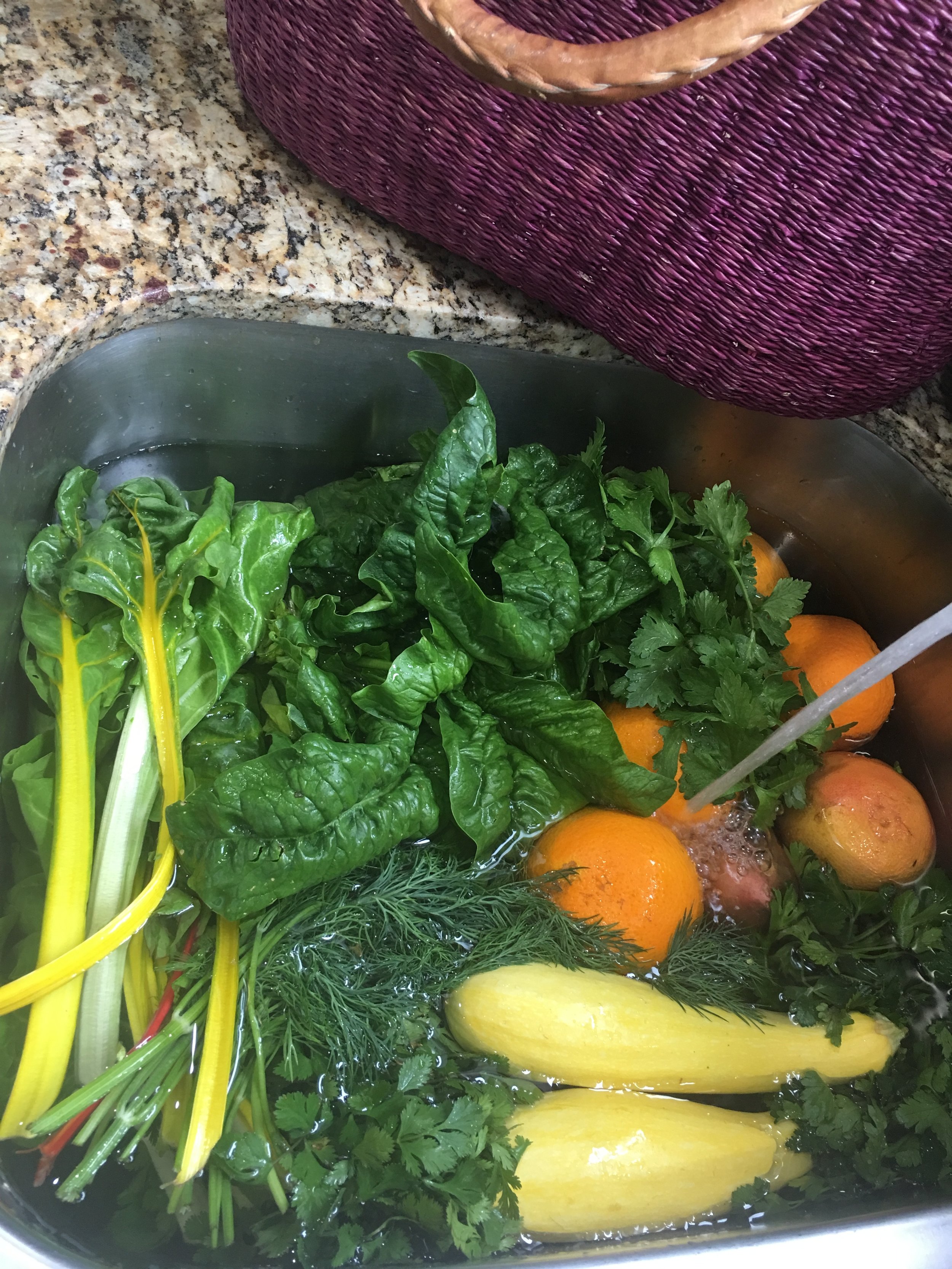As of the today’s latest news, the outbreak of a toxic strain of E. Coli linked to romaine lettuce from the Yuma, Arizona area has sickened 121 people across 25 states, killing one. The outbreak has entered its second month and the New York Times reported today that federal agencies are unable to locate the contamination source. It’s become clear that our regulations regarding food sources have a long way to go. Several safety measures which were designed to protect our food supply have yet to actually be implemented. Most of the time our food travels a long way and there are many points of contact where contamination can occur.
The FDA states:
‘While the American food supply is the safest in the world, the Federal government estimates that there are about 48 million cases of food borne illness annually—the equivalent of sickening 1 in 6 Americans each year. And each year these illnesses result in an estimated 128,000 hospitalizations and 3,000 deaths.’
So how do we keep ourselves safe? If your food comes from the grocery store, as is the case for most Americans, you are unlikely to know where your food originated or how many hands were laid on it before it got to you. If you shop at local farmers markets, you may know where your food was grown and who grew it, but that doesn’t mean it isn’t subject to contamination by harmful bacteria which live in the soil. Bags of greens, which have become a convenience for most of us, may say triple washed, but that doesn’t make them clean or safe. Even if you’ve grown the most beautiful vegetables, you need to think about food safety. I am routinely guilty of eating cherry tomatoes directly off the plant and I do occasionally sample things like tomatoes and sugar snap peas at my local farmers market. So far, I’ve been lucky.
The first and most important aspect of food safety (I’m only talking produce here, for meat info see Is Your Steak Safe) is a good and thorough washing. Whether organic or not, washing and rinsing fruits and vegetables with water helps rid them of soil, microorganisms and potential human pathogens such as E. Coli, listeria and salmonella. When I get home from the market, I immediately rinse off all visible dirt from the produce. Then it’s into the sink filled with cool water. I clean off the counter where I had the vegetables as well. For thick skinned vegetables, I soak and then use a vegetable bush to scrub them before putting them into the refrigerator. For greens, I soak them several times, lifting them out from the water as the dirt accumulates in the bottom of the sink and repeat. Then it’s into the salad spinner to dry before storage. For tender green and herbs I follow the soaking procedure, but don’t leave them in the water too long, and always dry them.
I love the tops of radishes and beet greens. I also love broccoli and cauliflower leaves. These are hazardous as they collect dirt and soil in crevices. I carefully cut off the section attaching the greens to the root vegetable and discard as this is where dirt accumulates. For all leaves and stems, I pay close attention, washing them out with a light scrub and rinse.
For berries, tomatoes, soft and thin skinned fruits, a quick rinse is running water will do, Remove cores from strawberries and tomatoes to avoid trapped dirt and microbes.
I set aside about an hour every Saturday after I return from the market to go through the ‘processing’ which help me keep things clean and organized for the week. I also try to buy just what I need and hopefully eat my bounty fairly quickly (even in the fridge, some bacterial growth can and does occur).
After all, I’m doing all this to to stay healthy, not to get sick.

